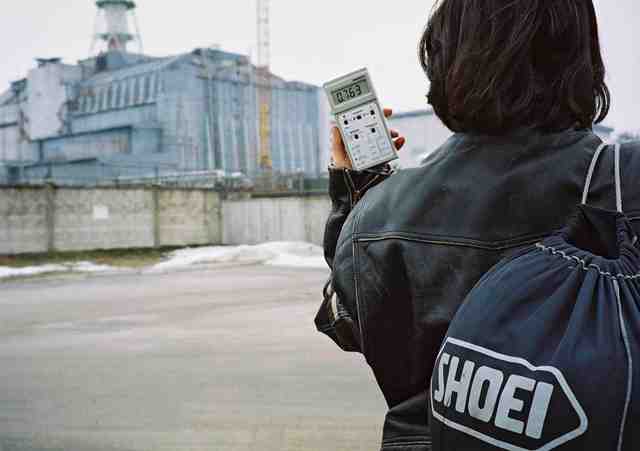
Martha and I are building a pool in the back yard. In that pool will be hot tub, and pouring into that hot tub will be a fountain. I want lots of water flow, and curves, especially since the overall pool will be rectangular (due to the automatic cover). To give you an idea, here's the pool:

The hot tub is circular, and has a 1 foot thick wall that seperates it from the pool. Out of the center of that wall, water will leap up, arch over, and fall into the tub. This will pour nicely over your shoulders if you are an adult, and it will make a fancy tube to explore if you are a child.
The trouble is that nobody sells a curved fountain like this. No problem, I'll just assemble it from a number of straight sections. Also, I do not want to use high-pressure pool pumps for this thing. Instead, I want to use low-power, low-pressure pond pumps. The manufacturer of the fountain has specs for the amount of water flow you need, but not the pressure. I smell project risk. Time for a prototype. Here's the overall arrangement: two fountain units, 1 foot wide each, one Sequence 4200seq12 pump, and some pipes to move the water.


I've got a flow gauge, two pressure gauges, and a ball valve so I can figure out how many gallons per minute throws the water how far.

I've also got a peanut gallery. They're interested because they're going to get to dance around in the water in a bit.

The fountains throw water about as far as the manufacturer claims. Note that my flow rates are for two 1 foot units.
| Flow rate | Throw | Notes |
|---|---|---|
| 48 GPM | 26.0 inches | 7 inch rise |
| 45 GPM | 23.5 inches | |
| 41 GPM | 18.7 inches | |
| 37 GPM | 14.7 inches | |
| 35 GPM | 11.5 inches | 3+ psi pressure drop |
I learned a bunch of things from this prototype:
- The flow through the two units was not identical. One moved about 8% more water than the other, and threw the water a little further.
- The flow through each units was not uniform. The unit throwing farther was throwing farther on one end.
- With no fine filtration, and just a skimmer before the pump, the fountain units quickly accumulated debris that interfered with the flow.
- The water sheet from each unit contracts from surface tension as it gets farther from the fountain. A 14 degree included angle between the two units turned out to roughly match the contraction, but this still left a constant gap from one to the next. I may try to fix that by mitering the two fountains together.
- Martha and I agreed that 15 or 20 GPM per linear foot is not enough. We really like 25 GPM/foot better.
- The fountain water entering the water surface was the cause of all the noise. The pump was really quiet, and you could only hear it when you walked right over to it.
- The pump really doesn't prime itself. I had to stuff a hose up the intake and fill it full of water before the pump would move anything.
- This pump can just move 48 GPM with this setup (which implies it is seeing about 5 feet of head). With more angles and losses in the system, I am going to need more pressure at that flow.

I noticed that the flow gauge was bouncing around a fair bit, so I presume I'm getting a bunch of turbulence, which probably does not help the fountains at all. These units are the "short lip" version of these fountains, which means they have just 1" of flow straightener before they launch the water. The standard version has a 6 inch lip, which I think might damp the turbulence more and lead to a cleaner sheet of water.
Inside the unit there are apparently 3 supports of some sort. These have visible wakes, but I wasn't able to see that the wakes caused more breaking up when they hit the edges.

So, my plan is not yet validated.
- I need bigger pumps. 3 of the 5100SEQ22 will produce 200 gpm total at 10' head. That should give me enough extra force to push through the extra twists and turns.
- Each fountain unit is going to need it's own throttle. The best way to implement this is probably a bank of eight $20 ball valves, and a seperate run to each fountain unit.
- As long as I'm doing a seperate run to each fountain unit, I might arrange for the final connection to be long and straight to reduce turbulence. There will be a lot of turbulence in the fountain unit itself, so maybe this is hopeless.
- I should order a fountain unit with a 6" lip, and see if I like that flow better.











